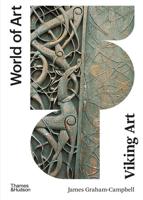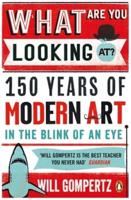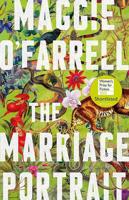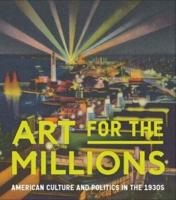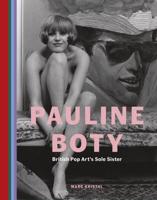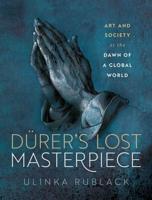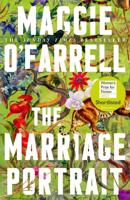Publisher's Synopsis
This book of illustrations was put together with the intent to complement the first book called The Sentient Mammoth People; Pure Microlithic Abstract Art. That book goes into great detail describing how the author figured out the Caucasian Mammoth People's Ice Age microlithic abstract art figurative language which is the ';Rosetta stone', or the ';key', that unlocks a thirteen millennial old barrier of being able to see back in time to the late Pleistocene. It does it in a way that's unprecedented because it places your ';mind's eye' in the mind's eye of the artworks' creator. The first book explains how the hunter herder microlithic abstract artist used simulacrum to create their artworks. Simulacrum is a perceived image resulting from ';pareidolia' which is the mind's tendency to recognize common shapes (especially faces) in random patterns. The Ice Age artist did this by rubbing and etching out tiny cognitive illusion images, which were often tiny fossils that are embedded in fossiliferous flint stone. The tiny fossils appear as heads and faces that would then reflect off of a close-up image which is usually the whole artwork. By rotating and turning the ';rotational change-up' artwork you move from image to image, or scene to scene, as if you were turning the pages of a storybook. The difference between that Ice Age storytelling tool and the modern two dimensional one that is used today is that it had the unique advantage of being a three dimensional one that could show statuesque imagery when viewed from one distinct angle. And in most cases, the story telling tool was also the Mammoth People child's knife scraper eating utensil. The folklore tale that dad or grandpa would create on these fantastic artwork eating utensils were of the epic trials and tribulations that they or their ancestors endured on their epic journey to ';here'. The compelling folklore tales from over seventeen hundred interpretations were pieced together until there were no additional variances. Upon the completion of outstanding artworks and its interpretation, the author would create a line sketch that was included with the artwork and its' interpretation. It's these line sketches that are in this book in the order that they were sketched over a seven year period of intense mind blowing research. They are accompanied by a description of what was figured out along the way of constant eureka moments of discovery, but unlike the lengthy amount of words that were used to describe the contents of that first book, you will learn as you advance through this book of illustrationsthat a picture is indeed worth a thousand words

